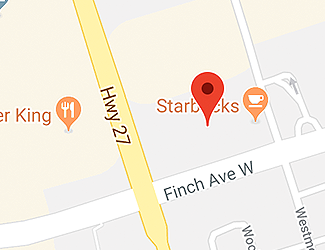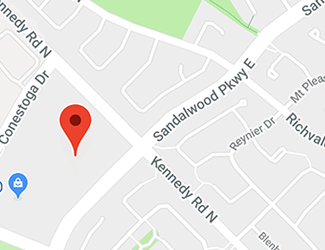Abscessed Tooth? Brampton Dentist

When the tooth persistently throbs or keeps you awake at night due to pain, it could be anything more serious than an ordinary toothache. An abscessed tooth is a kind of tooth infection which is spread around the root or to the root tip. Pulp chamber is an inner tooth chamber where this infection is originated. Nerves and blood vessels are contained within the pulp chamber and is collectively called as pulp. The formation of abscess means the tooth has lost its ability to fight off the infection and the bacteria will have a chance to invade the pulp chamber gradually multiplying its number. The multiplication can cause the infection to spread from the pulp chamber and exit through the root into the bone.
The abscess is actually a collection of pus which is made up of all the dead white blood cells, bacteria, and tissue debris. Depending on the source of the original infection, a tooth abscess can be differentiated from a gum abscess. Peripheral abscess or tooth abscess is originated from the pulp of the teeth and comes out through the bottom of the root. A gum abscess begins in a gum pocket outside the tooth and will be near to the root. Treatment for this issue is based on the place where the infection is originated.
Causes:
Many causes are seen for this problem. Among them, a very common cause is that when the cavity becomes very large and reaches down the pulp chamber. An inflammatory process is bound to take place within the root of the teeth. Inflammation is usually referred to as a toothache experienced by many patients when they have deep dental cavities. Pulpitis is characterized by various tests conducted by the dentists as reversible or an irreversible process. Reversible pulpitis means that you will experience an irritation in the pulp but has a very good chance for recovery. On the other case, irreversible means the recovery is not possible and the pulp will die.
The pulp, when it is dead will cause the formation of an abscess and spreads from the tooth to the ligament and then to the jawbone situated at the bottom. If proper steps to resolve the infection are taken at the early age, then there is a chance for the tooth to be on the safer side. Other causes include:
- A blow to a tooth
- Making use of a crown
- Trauma to the tooth by clenching or grinding
Symptoms:
- The particular tooth turns dark in color when compared to the others.
- Pain is experienced while eating or with pressing on the tooth.
- A pimple or a swelling will be present which is filled with pus.
- The swollen face is also a symptom of this problem.
Treatment:
Usually, the treatment begins with clearing the infection. The course of action includes draining the tooth and all the surrounding structures of the infection and oral antibiotics. A root canal procedure will be performed just after the cleaning. This treatment would clean out the entire inner space of that particular tooth and would seal the space with a rubber material.







